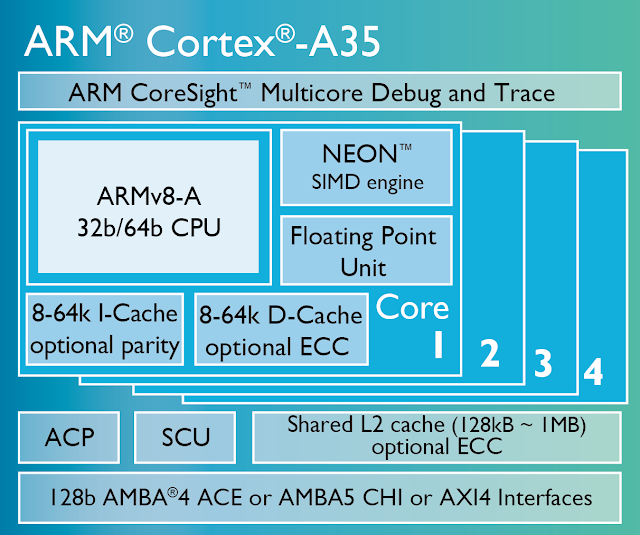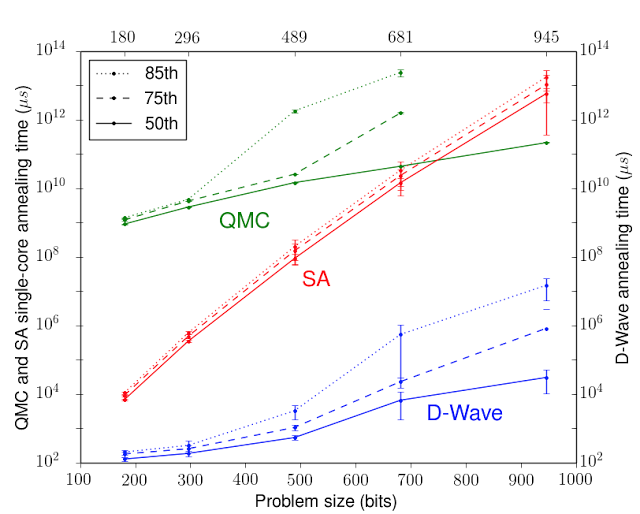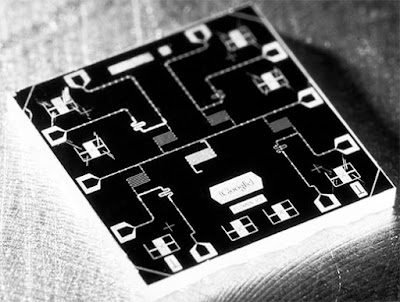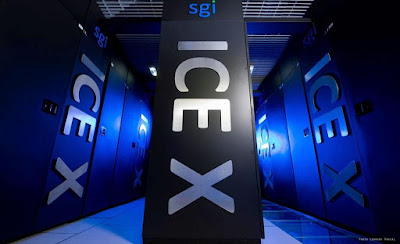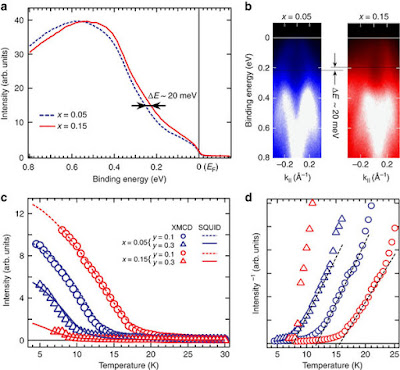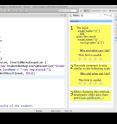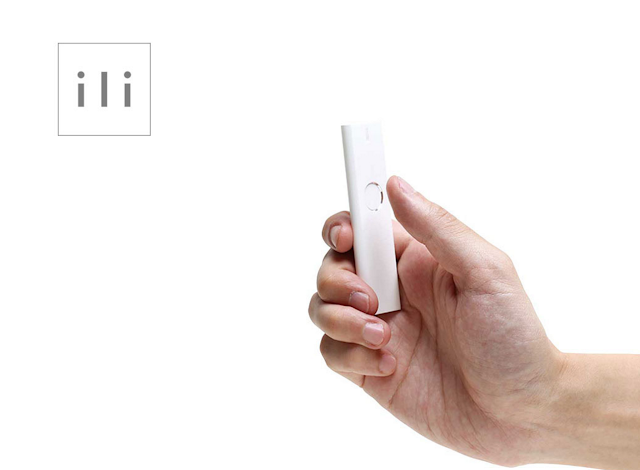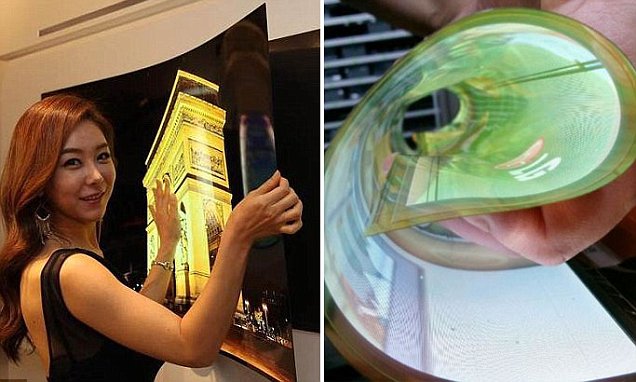ScienceRocks
Democrat all the way!
- Thread starter
- Banned
- #921
Facebook rolls out live streaming video service
Facebook rolls out live streaming video service - BBC News
Facebook rolls out live streaming video service - BBC News
- 4 December 2015
Facebook has begun rolling out a new feature on its social network which allows users to stream live video.
A select group of celebrities and high profile users have been able to use the service for several months.
Live streaming via mobile phones has become one of the big technology trends of the year, with Twitter-owned Periscope and Meerkat proving popular.
Last year, Amazon paid $1bn for live streaming game site Twitch.
Initially Facebook's live video feature will be available only to a small percentage of people in the US and will be limited to iPhones.
The tech giant said that "over time, the company plans to bring it to all users" but it did not give specific timescales.
